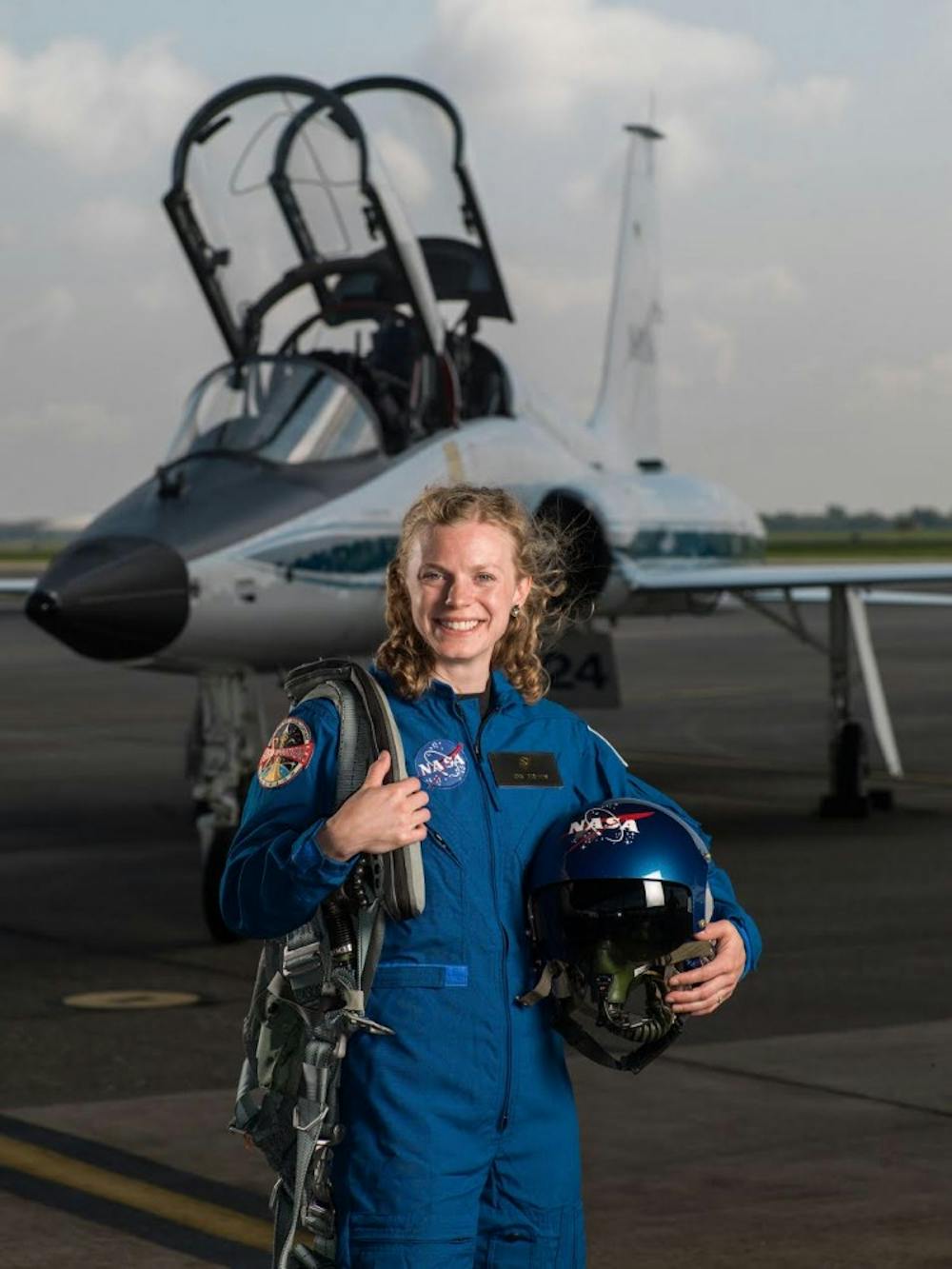Zena Cardman, a 2010 alumna who also got a master’s degree in marine science at UNC, is one of 12 people in NASA’s 2017 Astronaut Class. Features editor Brinley Lowe asked Cardman about her career and time at UNC.
The Daily Tar Heel: How did UNC prepare you to be an astronaut?
Zena Cardman: Between courses at UNC and opportunities to do field research outside of my coursework, I wound up with a lot of experience in remote places like Antarctica and the Arctic. I think that doing science far away from home in an operational environment really helped.http://www.coolantarctica.com/ https://nsidc.org/cryosphere/arctic-meteorology/arctic.html
DTH: When did you know you wanted to be an astronaut?
ZC: I actually wrote about it on my application essay to UNC and deleted it because I didn’t have a tangible reason why. But during college, it became more of a goal and not just a fantasy dream. After my junior year, I started working with a NASA project called Pavilion Lake and with that project, I got to work with astronauts. It became obvious that these are real people and that was a real career that people actually have.http://www.pavilionlake.com/
DTH: Tell me about how you got the position.
ZC: The application opened in December 2015. The basic requirements are pretty simple: you need a college degree in a STEM field and then three years of experience after that ... after I turned in my application, I saw that 18,000 other people had applied and at that point I thought, ‘Well, there goes that chance. I guess I’ll try again next time.’ They open these applications up roughly every four years.
In early September 2016, I got a call out of the blue on a Friday morning from Houston and they said, ‘We’d like you to come down to Houston for an interview.’ The first round of the interview process is just three days. You go to Houston for everything — from a formal sit-down interview with the selection board to medical testing and physical testing and a lot of psychological exams.
The best part was getting to meet the other applicants. They brought us down in groups of 10. It was everyone from military tech pilots to engineers and medical doctors and me, the microbiologist. Just getting to meet these people who I would never intersect with in my normal career was really fun.



